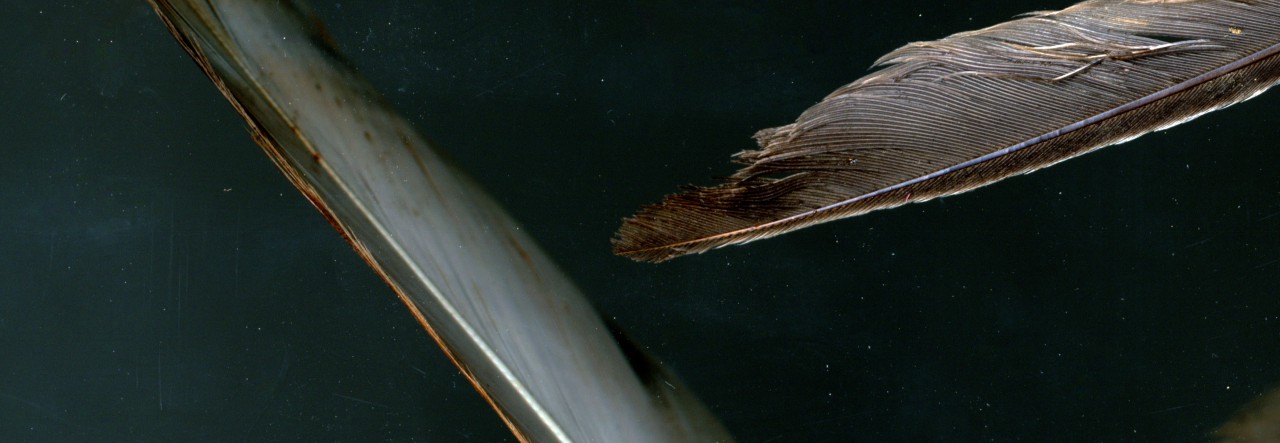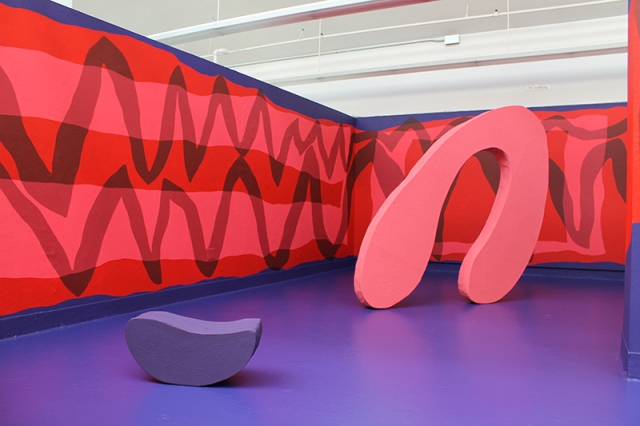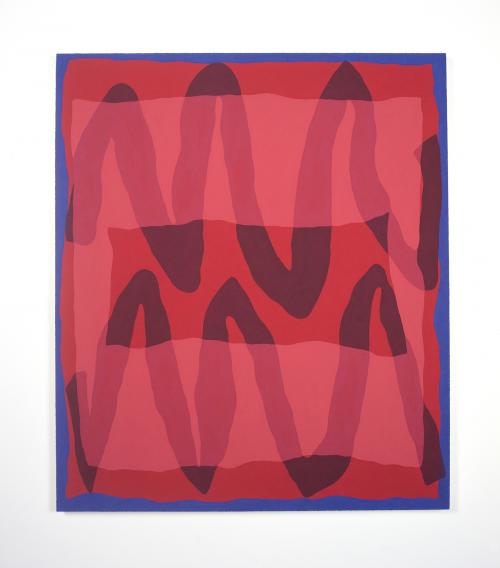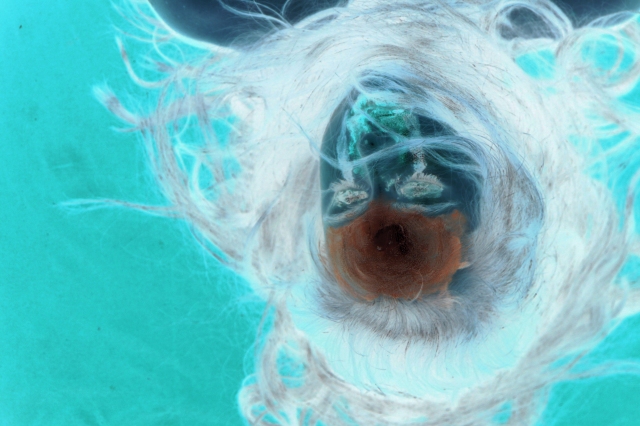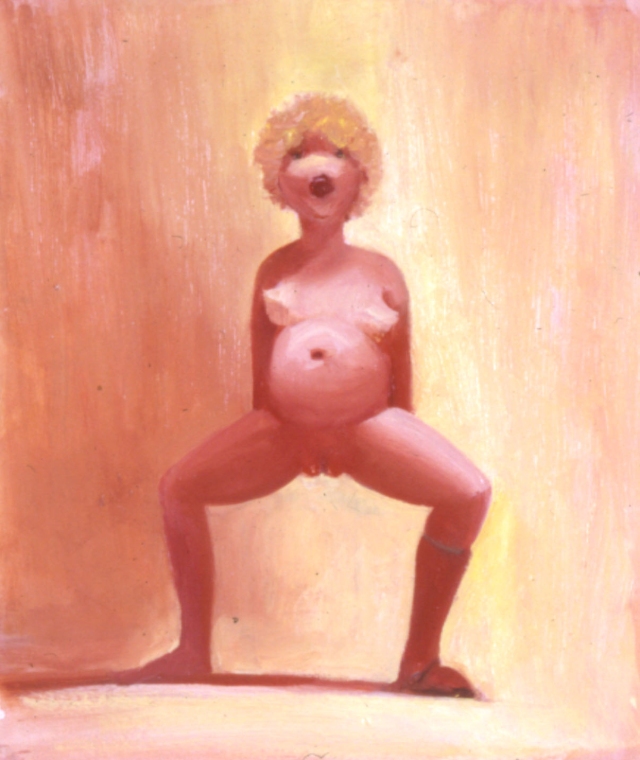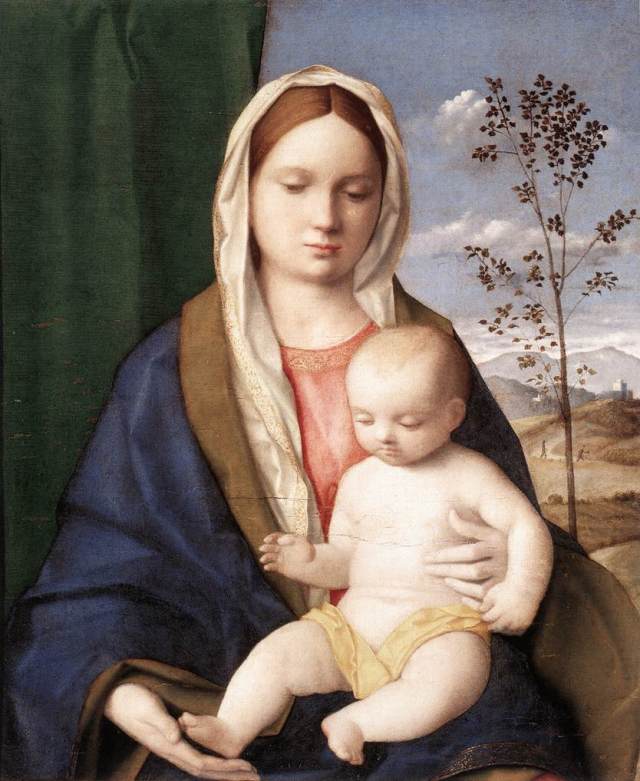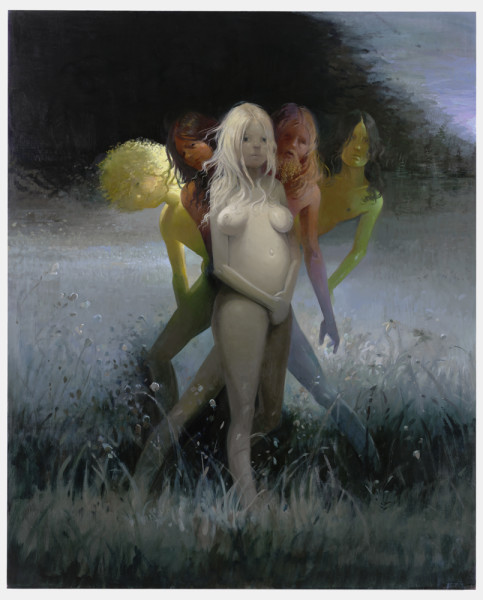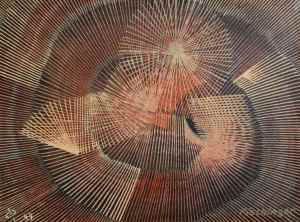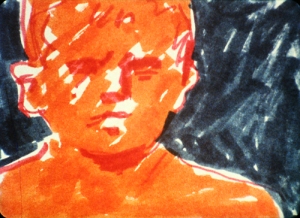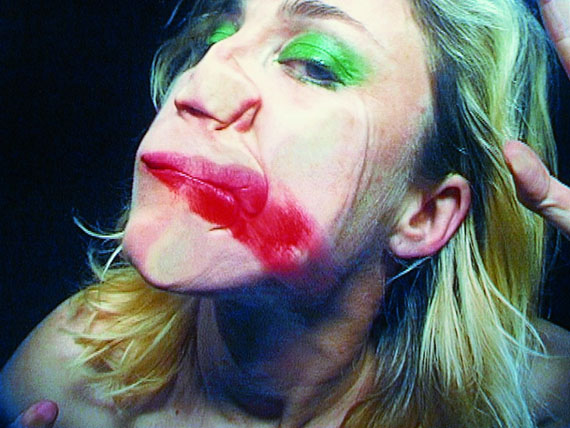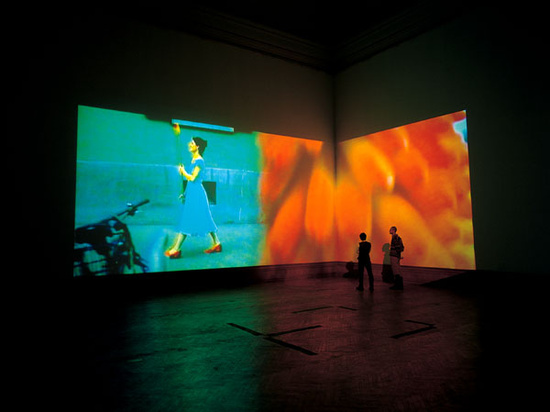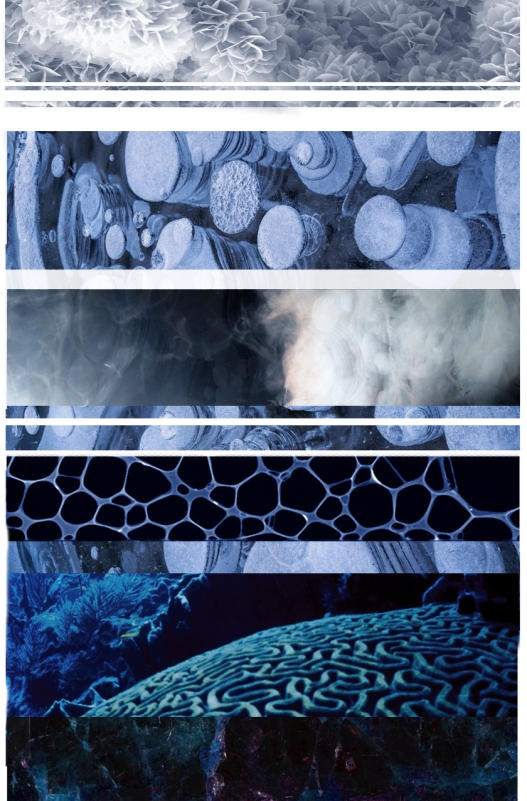Morgan Ashcom initiated his talk with a two and half minute long montage of his skater-punky dystopia series which he refers to as “Leviathan”. The polished, labored, perhaps enhanced appearance of his work contrasts strongly with his seemingly gritty documentary style approach. He explains, however, that he does not intend for his work to exist within real social, political or cultural climates, but rather stand on their own as photographic works of art. I felt that this supposed pursuit and his actual body of work contradicted each other. Perhaps that was another intentional element.
Ashcom scattered a few short art history lessons amidst his lecture, beginning with the iconic French cave paintings of the paleolithic era hunter gatherers. He remarks how despite their constant fight for survival, early humans still took out precious time to create art. Moreover, they still found great significance in art. There is an implied concept that artists somehow desire to “outlive yourself” and outlast death, through instilling your being into a more permanent object. This opener foreshadowed Ashcom’s later thoughts, and arguably, his overall thesis.
Ashcom proceeded to flick through slides depicting his greatest influences, providing short dialogues into the subject matter of the artist or piece, but never lingering long enough for the audience to really absorb each one. This, I felt, was a huge oversight on his part. It was challenging to link his references back to his own practice and create any kind of cohesive understanding of his overall experiences.
“I value the photograph for the photos sake more than people, background, or facts behind the photo”, he said at one juncture, making it clear that he focuses more on the presentation, aesthetic, and immediate perception of his work, more than inherent, documented substance.
He explains that although he utilizes a medium which viewers take to be a tool for factual documentation, we can still develop fantasies and romantic narratives surrounding those seemingly factual images. This narrative of fiction existing in spite of reality can provoke a more powerful response than a medium such a paint, which we tend to immediately view as a work of fiction.
Ashcom provided three main characteristics which define his work. Allegory, where “one fact points to another”, Tropology, where we are presented with a moral to a story, and Analogy or “a way of reading nature that includes the most possibilities.” Although I understood how some of these could apply to individual photographs, I had difficulty applying them more generally to his approach. This was another contradiction that stood out.
Early on, Ashcom marks his distinction between abstraction and distortion. He argues that photos can be distorted, but not abstracted, and to characterize a photo as such is misleading. Ashcom explains that he is interested in the very thin line between what you know — what you see and understand — and what is unspoken, what you don’t see a.k.a. your own narrative. Photos exist within these more limited margins, he says. In other words, they cannot be entirely abstract. I agree with his linguistic analysis of the word abstract, although I wondered how it might hold up under different contexts, as when understanding sculpture – a media that is often attributed with the term abstract, yet still exists within tangible, material space. Should we critique sculptures using a different term that describes something nonrepresentational, but not necessarily unreachable or intangible?
Ashcom goes on to mention some cinematic influences and reminds us that while photographs are not literature or film, they are in direct conversation with those mediums, especially when placed within a book-like format — a common format for the photo.
I enjoyed Ashcom’s short tangent which discussed civilization’s continual devaluation of beauty through the overuse of certain elements and composition. Over time, we become numb to the cliches, “which is sad, because these images still have things to offer”.
Ashcom’s work seems to foster a dialogue between our instincts of romanticism, pre-conceptions about documentation and concepts of tangible reality.
